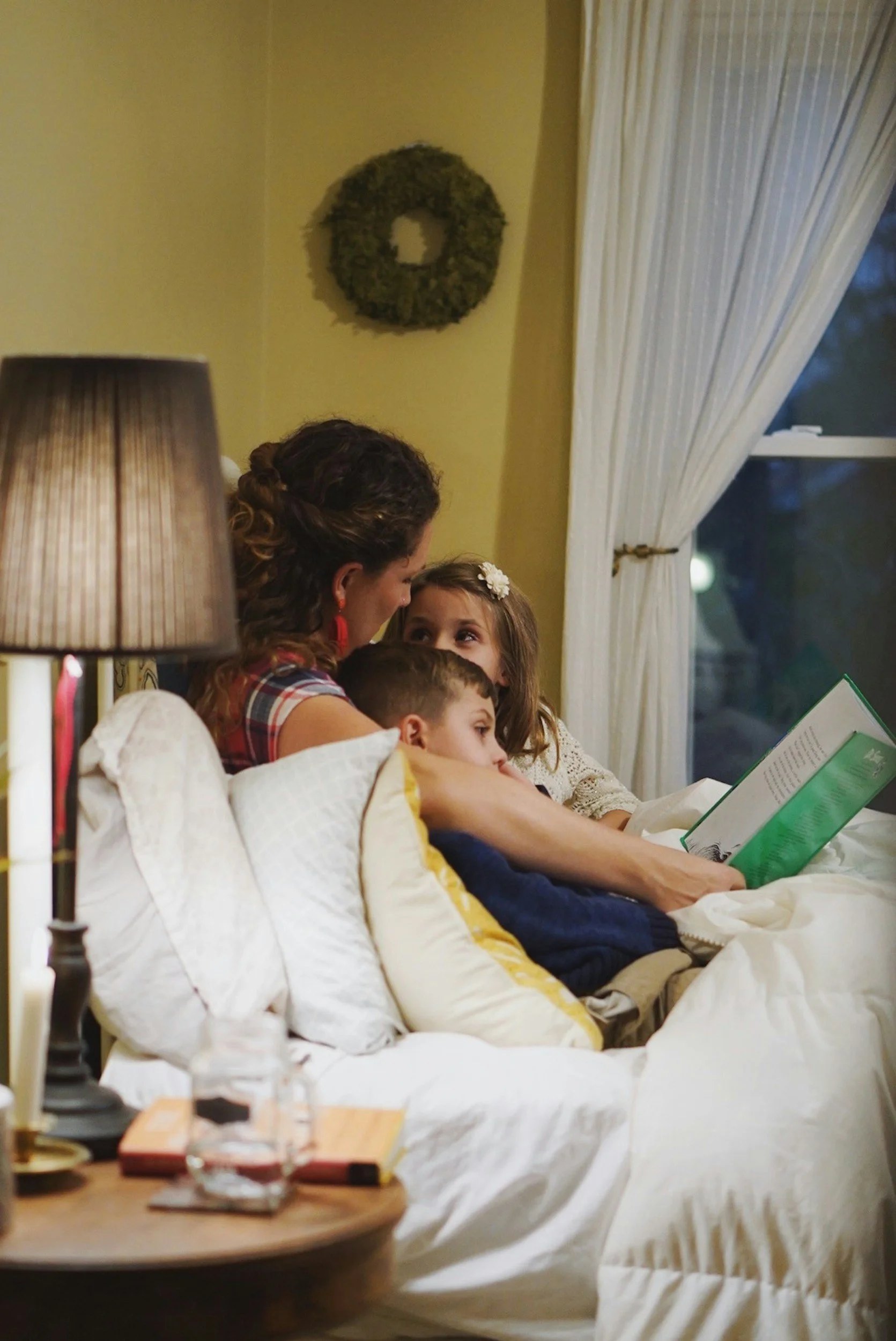Bedtime Strategies To Help My Child Wind Down
McKennlie Provost, COTA
If you're a parent of a child who receives pediatric occupational therapy, chances are you've seen how sensory needs, emotional regulation challenges, or developmental differences can affect your child’s sleep. Bedtime can become a battleground—or a never-ending routine of delays, restlessness, and midnight wake-ups. The good news? There are strategies that can help. Occupational therapy often addresses not only daytime functioning but also nighttime routines, because sleep is foundational to your child's development, behavior, and overall well-being.
Here are some OT strategies you can try to help your child wind down and stay asleep:
Establish a Predictable Wind-Down Routine
Children thrive on routine—and this is especially true for those with sensory or regulatory needs. Create a consistent 30- to 60-minute bedtime routine that includes the same activities in the same order every night. This could look like: bath → pajamas → brushing teeth → reading a book → cuddles or quiet time.
Tips:
● Use a visual schedule if your child responds well to structure and visuals.
● Avoid screens at least an hour before bed—they can interfere with sleep patterns
● Keep the routine calm and quiet—avoid roughhousing or stimulating play too close to bedtime.
Meet Sensory Needs Before Bed
Many children in OT have sensory processing differences that can affect their ability to settle at night. Depending on whether your child is more sensory-seeking or sensitive, you can build calming sensory input into the routine.
Try:
● Warm bath with Epsom salts for calming tactile and proprioceptive input.
● Deep pressure activities like bear hugs, rolling in a blanket “burrito,” or using a weighted blanket (be sure to consult your OT for safe use).
● Gentle rocking or swinging in a chair or hammock swing to soothe the vestibular system.
● Aromatherapy, like lavender or chamomile (if your child tolerates smells).
The goal is to calm the nervous system—not rev it up—so always monitor how your child responds and adjust as needed.
Create a Sleep-Friendly Environment
Your child’s sleep space can make a big difference.
● Cool, dark, and quiet: Use blackout curtains and white noise to block distractions.
● Minimal clutter: Too many toys or visual distractions can keep the brain alert.
● Comfort items: A favorite stuffed animal or cozy pillow can provide security.
● Body boundaries: If your child moves a lot in their sleep or seeks pressure, try a body pillow or tight-fitting pajama options like compression shirts.
Use Calming Strategies for Night Wakings
If your child wakes during the night, try to respond calmly and consistently without overstimulating them. Some children benefit from:
● Visual timers or night lights to indicate “sleep time.”
● Gentle redirection back to bed with minimal talking.
● Consistent reassurance, such as a short mantra or phrase ("You're safe, it's sleep time.").
If anxiety is a factor, consider including calming strategies or tools like a worry journal or a calming jar before bed.
Collaborate with Your OT
Each child is different. Your pediatric occupational therapist can help tailor a sleep support plan based on your child’s sensory profile, regulation skills, and routines. Whether it's choosing the right weighted blanket, identifying calming activities, or addressing nighttime anxiety, your OT can be a powerful partner in improving sleep.
Remember: Improving sleep takes time, patience, and consistency. If things don’t improve right away, that’s okay. Small changes can have a big impact over time. With the right support and strategies in place, better sleep is possible—for your child and your family.






